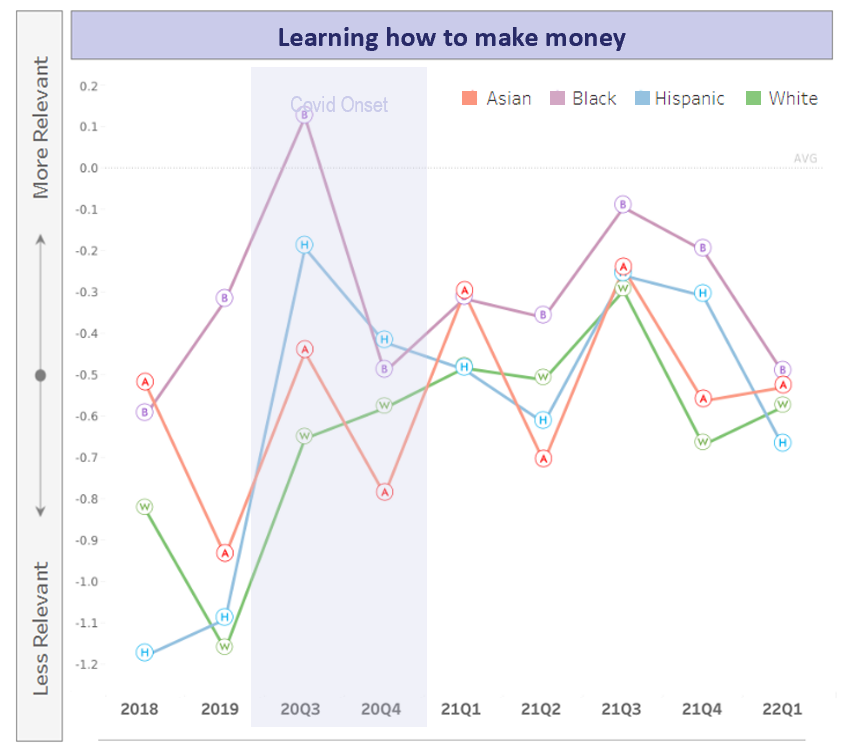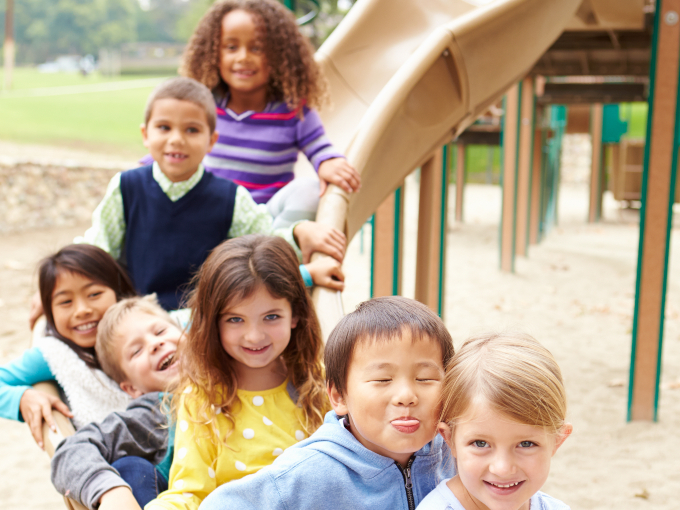Since the earliest days of the COVID-19 crisis, the lives and routines of families everywhere were challenged and disrupted. But through this shared experience, something unexpected occurred. The core values that define Gen Alpha and the emotional priorities driving their preferences became more cohesive—regardless of race, ethnicity or nationality.
We call this phenomenon “multicultural melding,” and we believe this trend creates a significant opportunity to change how we develop kids programming for the years ahead. It’s based on a data set The Family Room has developed called Passion Points, which is designed to turn audience emotions into concrete data.
Grounded in the belief that most media decision-making is driven by our feelings (why else do we ask one another, “What do you FEEL like watching?”), we have been tracking Passion Points around the world for more than a decade.
The result is some extraordinary insight into how the last three years have changed kids, both as people and in terms of the emotional priorities that govern their choices as consumers. Here, we take a look at three of the top examples of multicultural melding, demonstrating how these new shared values can create content that travels easily around the world.
F is for familiar
Prior to the pandemic, kids of different ethnic and cultural backgrounds had very different appetites for the familiar. Kids who identified as White couldn’t get enough of this emotional priority, while kids who identified as Asian wanted nothing to do with it. No more! Over the past five years, there has been an astonishing shift of all kids’ interest in “being surrounded by familiar things and people.”
Perhaps driven by uncertainty and change, our data is showing that “familiar” is the hot new thing and a great starting point for more inclusive Gen Alpha shows, properties and campaigns. So consider dusting off some of those timeless classics in the vault, lean in on familiar titles, and go for comforting entertainment that doesn’t ask kids to take risks they are in no mood for.

A is for agency
This surging emotional emphasis on the safe and familiar is not coming at the expense of kids’ desire for personal autonomy and agency. On the contrary. Our data on Gen Alpha reveals how the last four years have decreased their dependence on external validation and increased their focus on internal validation, personal agency and autonomy.
This can be seen in a surging interest among kids in practical life skills such as making money. Prior to the pandemic, this priority was widely dispersed across each multicultural population. Today, it has become an emotional priority for all kids, who seem to recognize by the age of seven that money is power, and power means agency.
So when it comes to a Gen Z content strategy for the coming years, consider concepts and properties that veer away from kids’ traditional markers of success and accomplishment (making parents proud, doing well in school) to those that equip and enable them to obtain and exercise the prac- tical life skills needed for personal agency.

H is for hope
It has been a pretty tough few years for kids, with so many of their traditional expectations taken away, and significant sacrifices made. But rather than turn towards pessimism and cyni- cism, our data shows that all kids—all kids—are choosing hope. Surging priorities like “kidding around and laughing” suggest a clear commitment to preserving the joys of childhood.
The rise in kids’ emotional emphasis on “having friends I can trust” versus “having fun with my friends” suggests a new and richer appreciation of what lasting relationships are built upon. And perhaps most notably, Gen Z’s surging desire to “stay positive” reveals a basic commitment to hope over fear, and positivity over cynicism. This is particularly true for Black kids, but is also trending for White, Asian and Hispanic children. How can you, as content creators, foster this?

With our population growing more ethnically diverse, and countries around the world seeming to move in opposing directions, creating inclusive programming, games and entertainment has never been more important—or more challenging. But for kids, the daily anxieties they face have brought them closer together, with a new set of shared values that were not present just a few years ago. That’s good for kids—and good for those in the entertainment industry looking for single content solutions with emotional relevance for every child.
This story originally appeared in the August/September 2022 issue of Kidscreen magazine.
























